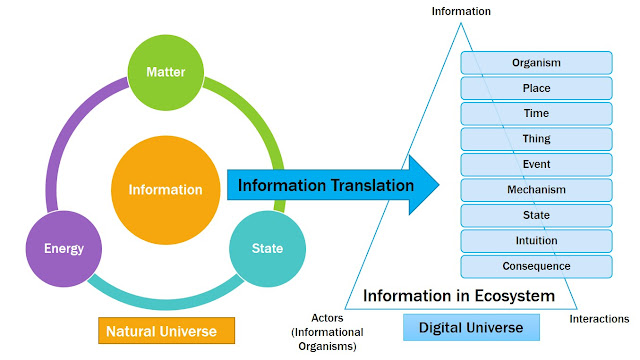Integrating Agile Planning and Estimation into Traditional Methods for Large Projects
Agile processes are often considered challenging to adopt in larger and formal project development and management environments. It may not be possible and need for an organisation to adopt a pure agile process for a large project. How can organizations adopt agile planning and estimation best practices within their formal and generic process lifecycle (GPL)? This article presents an agile planning and estimation model that can be used for large projects as a guide.
Agile Process
The core of the
agile process is a collection of sprints or small increments. The agile process
can be classified into three key categories or stages:
·
Pre-Sprint – focus on the
analysis activities of the GPL
·
Sprint – focus on the planning
and development activities of the GPL
·
Post-Sprint – focus on the
sprint post-mortem and release activities of the GPL.
The
agile process has practices that can be executed within a GPL to produce the specific
project deliverables. The following are the key practices, which have been
grouped in different process stages:
·
Pre-Sprint - focus on the
analysis activities of the GPL
o
Capture business requirements or
user stories
o
Develop solution architecture
o
Identify system uses cases supporting
business requirements
·
Sprint – focus on the planning
and development activities of the GPL
o
Plan for the sprint
o
Detail use cases for the sprint
o
Design and develop (code and
unit test)
o
Develop integration testing cases
for the sprint
o
Conduct code reviews for the
sprint
o
Conduct user viewings for the
sprint
o
Perform integration testing for
the sprint
o
Manage requirements changes
·
Post-Sprint – focus on the
sprint post-mortem and release activities on the GPL
o
Conduct sprint review and
retrospective
o
Release sprint for UAT
The following model presents the three estimation levels in relation to agile
planning and estimation for the large projects.
Figure 1: Agile Planning and
Estimation Model
Project team reviews the project brief (pre-sprint)
and provides Level 1 initial estimates based with some percentage variance
(e.g. +/- 50%) for the project in hand. Project team can provide more accurate
Level 2 estimates with some percentage variance (e.g. +/- 10%) based on the
more detailed information captured via business requirements (pre-sprint).
Further, project team can provide more accurate Level 3 estimates with some
percentage variance (e.g. +/- 5%) for each individual system use case listed in
the sprint for sprint planning (sprint). Level 3 estimates can be adjusted throughout
the sprint and also reflect any corresponding changes in the level 2 estimates
accordingly for the real time project progress (e.g. increase or decrease in
estimates). Project team can record actual figures in the end of each sprint
and reflect any changes in the level 2 estimates accordingly for the real time
project progress (post-sprint).
The following sprint and project burn charts
can assist with the real time tracking of the estimation and progress.
Cost Burn Chart: Level 2 amount on y-axis and
sprints on x-axis showing relationship between the sprints the amount consumed
to date.
Days Burn Chart: Level 2 Days on y-axis and
sprints on x-axis showing relationship between the sprints and the number of
days consumed so to date.
Use Case Burn Chart: Number of project uses cases on
y-axis and sprints on x-axis showing relationship between the sprints and the
number of working use cases that have been completed (released for UAT).




Business Transformation Strategy is change management strategy to get more and more business leads to bring business on the peak of market with the digital strategies.
ReplyDeleteThis post is worth everyone’s attention. Good work. Certified AI Security Officer Training
ReplyDeleteThis is such an important point about sustainable living. Supporting local artisans makes a difference. At Diwam Handicrafts, you can find eco-friendly diaries, paper products, and handmade décor — all crafted with traditional techniques while being environment-conscious.
ReplyDeleteLovely article on gifting! I personally love eco-friendly and handcrafted gifts. Diwam Handicrafts offers handmade cotton-paper diaries, decorative trays, and dry fruit boxes that make thoughtful presents. Their products are affordable and beautifully designed.
Contact us:-
Call or WhatsApp: +91 9664073873
Email: diwamhandicrafts@gmail.com
Email: a2gtraders@gmail.com
Registered Address: 31-A, Arjun Colony, Near Brahampuri Thana, Govind Nagar, Jaipur, RJ, 302002